Explanation
Geoje Recreational Forest is located on Nojasan Mountain (alt. 565 m). The mountain summit offers a panoramic view of the entire island, Hallyeohaesang National Park, and even as far as Tsushima Island in Japan on clear days. The forest itself offers walking paths, hiking trails, a campground, and bungalows, making it a suitable location for family vacations.
Inquiry
+82-55-639-8115
Homepage
Information Use
Capacities : 600 people a day
Contact and Information : • 1330 Travel Hotline: +82-2-1330
(Korean, English, Japanese, Chinese)
• For more info: +82-55-639-8115~6
Opening day : 1993
Parking facilities : Available (2 lots, 130 parking spaces)
Hours : [Park hours] 09:00-18:00
[Accommodations] Check in 15:00 / Check out 12:00
[Camping deck] 11:00-10:00
More information
Parking Fees
Small & mid-sized vehicle (less than 15 seats) 2,000 won / Large-sized (15 seats or more) 4,000 won
* Free for those using the Forest Cabin, Forest Training Center or Forest Culture Center
Facility Utilization Fees
[Forest Cabin]
5-Person room (23.14 ㎡): Peak season 70,000 won / Low season 50,000 won
10-Person room (49.58 ㎡): Peak season 140,000 won / Low season 100,000 won
[Forest Culture Center]
5-Person room (23.14 ㎡): Peak season 70,000 won / Low season 50,000 won
Seminar room (multipurpose): 200,000 won
[Camping Site]
Camping deck: 10,000 won
[Forest Training Center]
20-person room: Peak season 200,000 won / Low season 150,000 won
* Peak season: July 1-August 31
* Seminar room: Fee exempted for group guests (30 people or more) who use lodging facilities (2 hours maximum).
Restrooms
Available
Available Facilities
Forest cabin, training center, seminar room, camping deck, etc.
Admission Fees
Individuals - Adults 1,000 won / Teenagers 700 won / Children 500 won
Groups - Adults 700 won / Teenagers 500 won / Children 300 won
* Groups: 30 people or more
* Adults (ages 19 & older) / Teenagers (ages 13-18) / Children (ages 7-12)
* Admission fees are free for guests who use lodging facilities and training center.
Location
325, Geojejungang-ro, Geoje-si, Gyeongsangnam-do
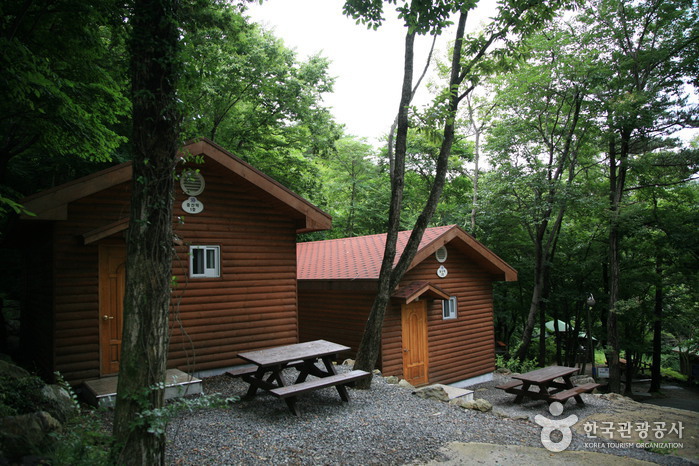
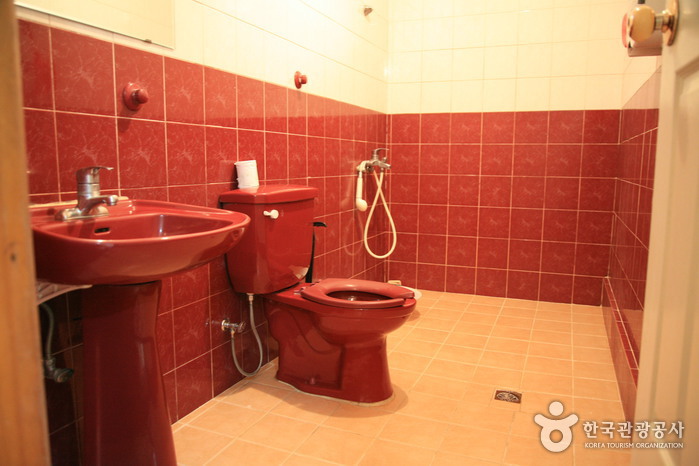

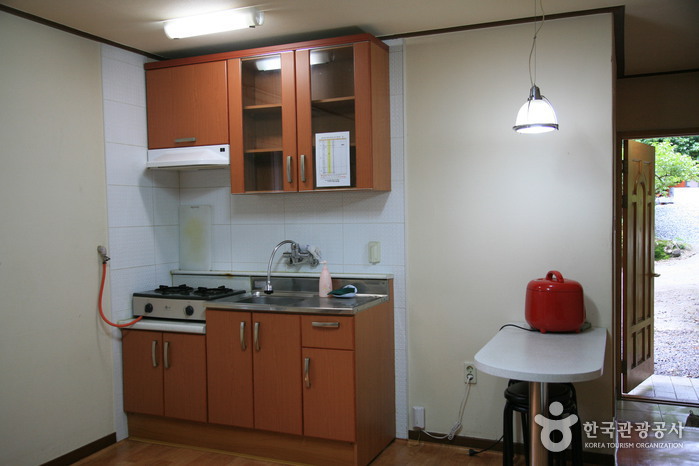
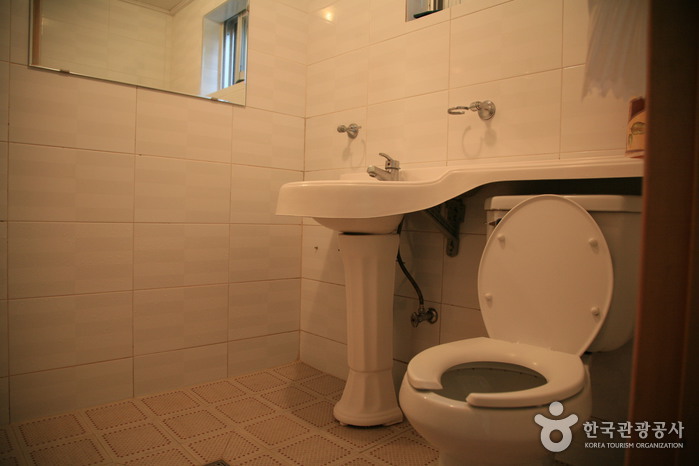
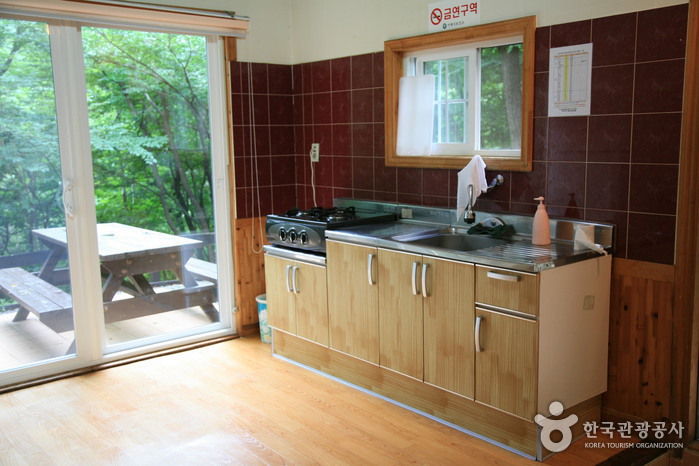

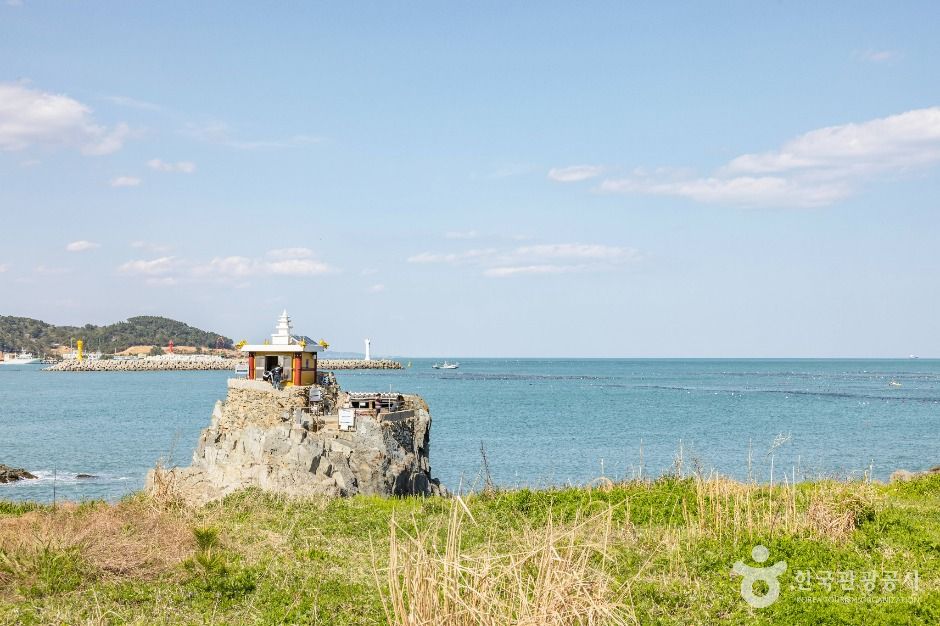
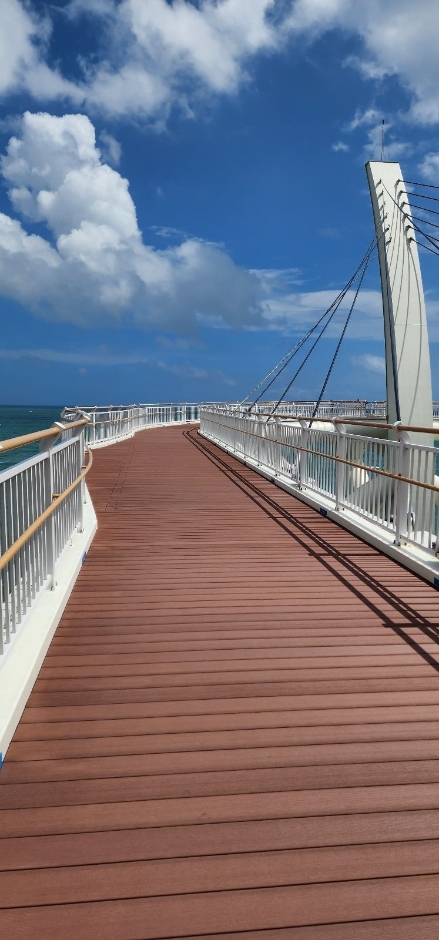
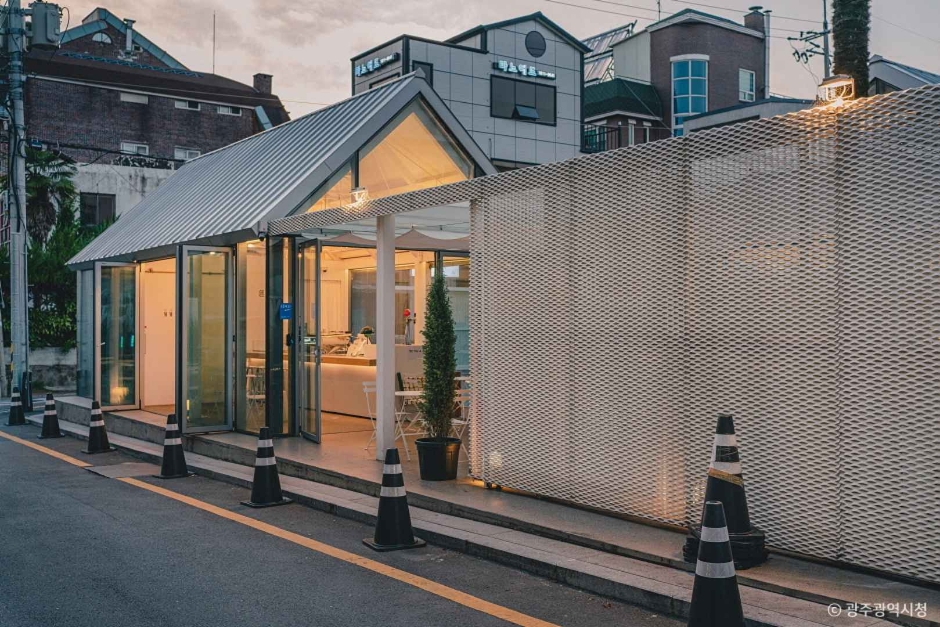
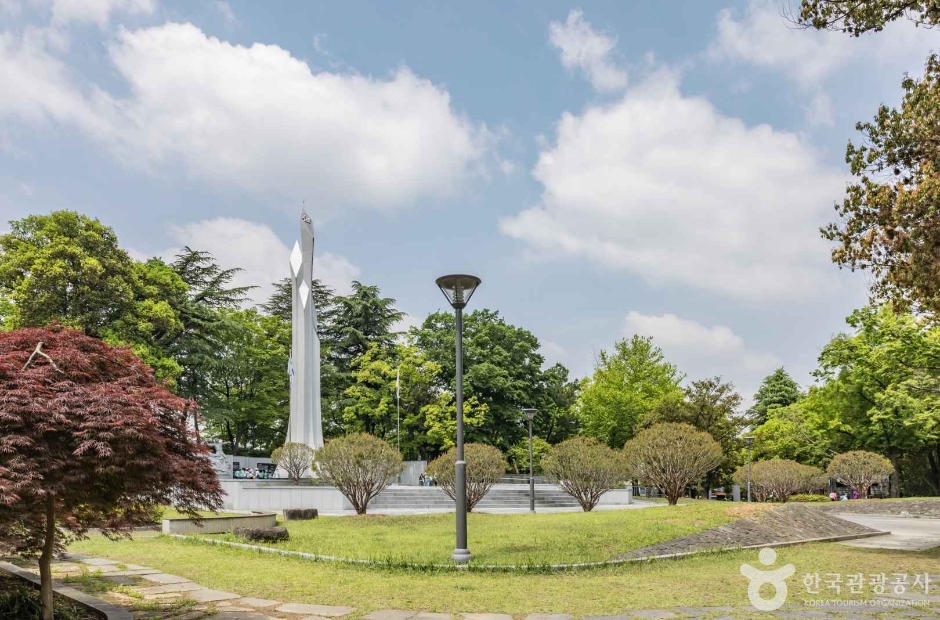
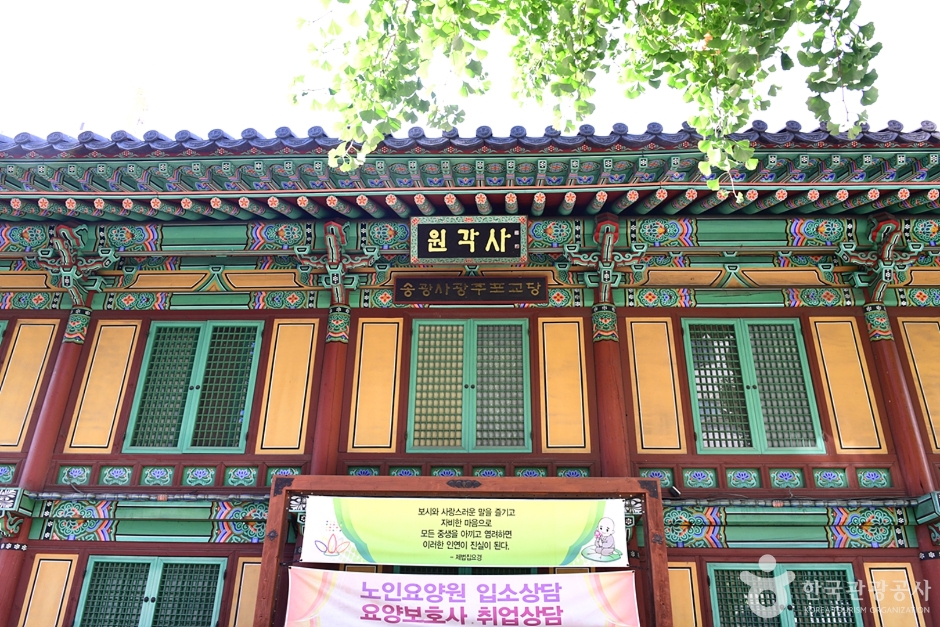
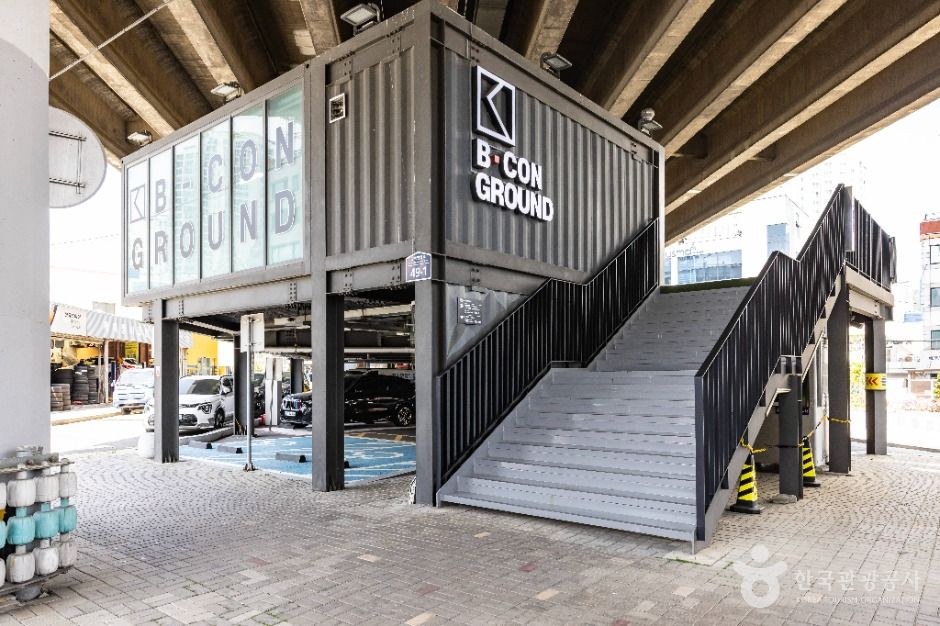

 English
English
 한국어
한국어 日本語
日本語 中文(简体)
中文(简体) Deutsch
Deutsch Français
Français Español
Español Русский
Русский